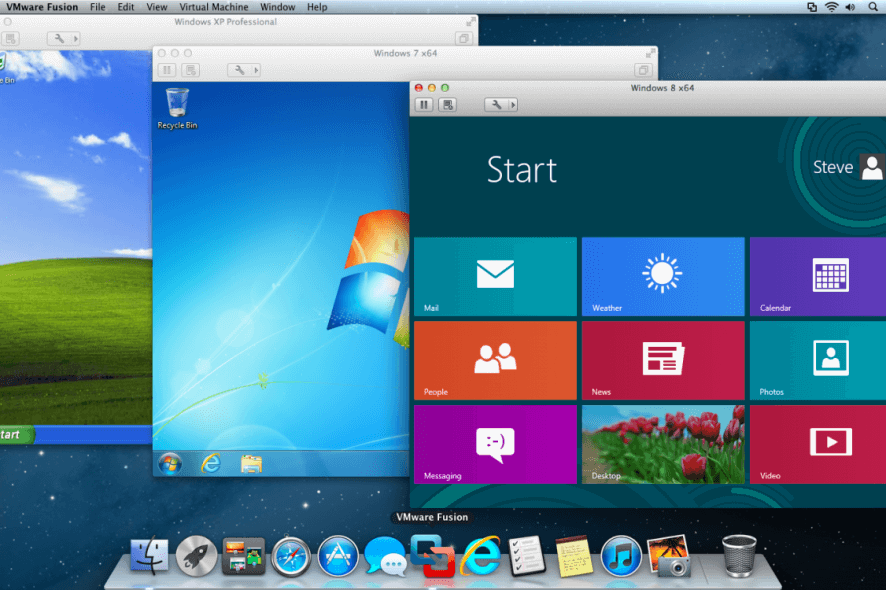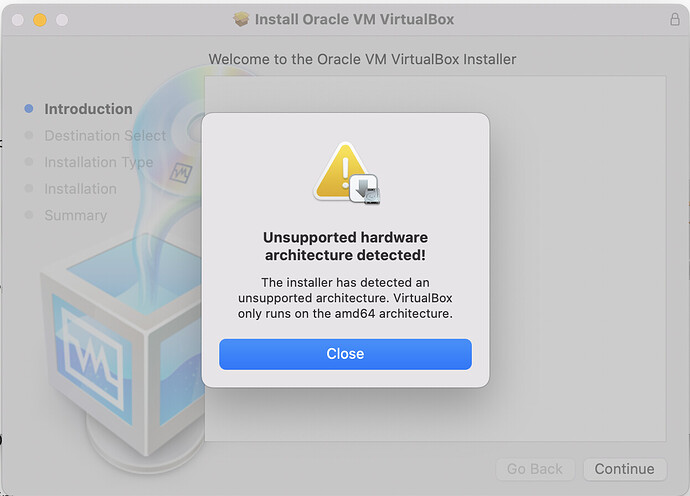

- VMWARE FUSION M1 PROCESSOR INSTALL
- VMWARE FUSION M1 PROCESSOR DRIVERS
- VMWARE FUSION M1 PROCESSOR WINDOWS 10
- VMWARE FUSION M1 PROCESSOR PRO
The bad news is that BootCamp won’t run on the M1-powered computers.
VMWARE FUSION M1 PROCESSOR PRO
The good news is that the M1 Pro and M1 Max silicon chips are super-fast and allow more memory, speed, and graphics quality and bring laptop performance up to the level of the most powerful desktops. Apple introduced its proprietary silicon processor in its new MacBook Air and Pro 13-, 14- and 16-inch models, Mac mini, and iMac 24-inch computers. The Intel “Golden Age” of cooperation ended starting with Mac computer models in late 2020. Switching back and forth between Windows and the MacOS is seamless and convenient. Current virtualization programs like Parallels Desktop and VMware Fusion have kept up well with past upgrades of the MacOS. Virtualization software, on the other hand, integrates with the MacOS user interface. However, when booting into Windows, the MacOS lies dormant on a separate disk partition and is inaccessible until you boot into MacOS-whereupon the Windows side goes to sleep. With BootCamp, Windows runs as well on a Mac as it does on a PC.

The advantage of BootCamp is that Windows doesn’t have to share resources with the MacOS side.
VMWARE FUSION M1 PROCESSOR INSTALL
The Intel chip allowed Mac users to install Windows on a separate hard drive partition. Macs began using the Intel system back in January 2006. Intel-Macs Were the “Golden Age” of Cross-Platform Cooperation Mac’s M1 processor has disrupted the cross-platform cooperation that existed when Intel-powered chips ran Macs. Our 6 favorite alternatives to BootCamp for Apple Silicon Macs are:īefore we go into details of each, it is important to recognize that each one of those choices comes with disadvantages brought on by either by Mac’s new M1 processor or Windows 11 compatibility–and in some cases both. A virtual machine mimics the hardware of a Windows PC and allows you to run Windows programs side by side on a Mac. Intel agrees and has made hand-off of such chores to accelerator cards a feature of its forthcoming Sapphire Rapids Xeon server processor.The fast answer to the question, “What are the alternatives to BootCamp for running Windows on a Mac?” is virtual machine software. Virtzilla thinks the latter effort has the potential to create a new normal for data centre architecture in which CPU cores are relieved of the need to do housekeeping work like running network traffic. The other is Project Monterey – an effort to get ESXi running on accelerator cards. One is the "fling" that runs on devices including the Raspberry Pi. VMware has two other efforts to bring its flagship ESXi hypervisor to Arm silicon.
VMWARE FUSION M1 PROCESSOR WINDOWS 10
Whenever Fusion for M1 arrives, it has competition waiting in the form of Parallels Desktop which, as we wrote last month, does a very fine job of running Windows 10 on Apple silicon.
VMWARE FUSION M1 PROCESSOR DRIVERS
Windows 10 will work, but Fusion will ship without drivers nor VMware Tools, and won't be supported because Microsoft currently does not sell licences of Windows 10 Arm for virtual machines.

Roy answered a few questions about Fusion for M1's features and revealed: If VMware holds true to form the product will be real by year's end – maybe even in early October at the VMworld gabfest, at which new cuts of VMware's desktop hypervisors have often been released. Later tweets from Roy suggest that a public tech preview will follow in a couple of weeks. We're not taking _everyone_ just yet, but you can submit a request to join here: Michael Roy, who oversees VMware's Fusion and Workstation desktop hypervisors, took to Twitter with the news that Fusion for M1 is now in a closed tech preview.Īre you interested in joining our Private Tech Preview for on silicon? VMware has kind-of announced a hypervisor for Arm processors, or at least one of them: Apple's M1 system-on-a-chip.


 0 kommentar(er)
0 kommentar(er)
